In competitive Dota, only one thing matters: an International championship. Now that the countdown to the main event has begun in earnest, every tournament serves as a captivating look at the field of hopefuls. But the Dota Asia Championships European qualifier this past week told a more robust story than most.
With rosters retooling and everyone eying August with hunger, the tournament was our first look at the months to come, and it told a story of parity, surprise, and potential. Let off the gas, and you’ll be left wondering what went wrong. Sleep on the little guy, and you will watch The International from the comfort of your own home. Here are the biggest lessons we learned from the qualifiers.
Europe is wide open
The unforeseen byproduct of the Great Western Shuffle was on full display this week. With teams changing rosters with heightened fervor in preparation for the run-up to The International in August, chemistry on even higher-level sides is suspect at best.
While this is largely temporary—better sides will find their footing before booking plane tickets to Seattle—it exposes an unavoidable truth about European Dota: the right teams at the right moment can plant their flag in the competitive summit. And with every team having to find their own way into the main event, you only have to be good once to take a swing at the prize money.
The cold, hard reality is that Hellraisers was a veritable laughing stock just a month or two ago. This past week, however, they dispatched Virtus Pro, Team Empire, and Power Rangers in the qualifier for the most anticipated tournament since ESL New York in October. Say what you will about potential and recent player transactions; with traditional powerhouses treading water, Europe is primed for a changing of the guard.
Power Rangers must be taken seriously—for now
Unlike perhaps any other team in esports, Power Rangers is a true underdog, in the sense that they can, and will, beat better teams, given a favorable wind and a hearty breakfast. Other teams in other titles may fight for their lives against superior opponents, but in recent memory, no team has played legitimate spoiler with less notoriety than the Belarusian organization.
Don’t believe me? From August through September of 2013, Power Rangers finished second three times, with two of those losses coming at the hands of strong Fnatic and Natus Vincere squads. In traditional Power Rangers form, the side then disappeared, only to re-emerge from the abyss in May 2014 for a string of European tournament wins. For those unfamiliar with competitive Dota, just the name “Power Rangers” can turn off armchair prognosticators from the outset. Yet, as they say, “here we are again.”
If the Dota Asia Championships European Qualifier is the beginning of another Power Rangers run, then ambitious sides would do well to dot their “I”s and cross their “T”s—at least until the Belarusian train comes crashing to a halt in 30 days time.
Artes is a legitimate threat headed into Shanghai
Names are currency in the esports world. Uttering the names “Burning,” “Dendi,” or “Mushi” immediately ignites expectations and imaginations alike. If we follow this economic analogy to its logical conclusion, then before this tournament, “Artes” had all the value of a Zimbabwean dollar at sunset.
Yet Artyon Gorobey, as he’s known outside the game, came to play in Hellraisers’ triumphant campaign. Averaging 542 gold per minute and 554 experience per minute across qualifier games—an average weighed down by some true clunkers—Gorobey is putting up the kind of numbers that get you noticed by more substantially financed sides. (Posting 711 gold per minute on Naga Siren and a staggering 759 on Juggernaut against Virtus Pro do not hurt his case)
No one is going to stop talking about the “Dendi”‘s or the “Arteezy“‘s of the world. To do so would be to ignore the repeated excellence of some truly skilled players. However, when a new star begins to shine, it’s time to put them on the map, no matter their orientation in the competitive constellation.
Alliance has serious, serious promise
The problem with being the best is that your descent to the bottom is as long and as torturous as any in your competitive sphere. Since their utterly dominating run to the title in 2013, Alliance have experienced such a tumble, fielding ramshackle rosters and playing for little more than the practice time for several months now.
However, the addition of Per Anders “Pajkatt” Olsson Lille, Johan “Mynuts” Andersson, and Jerry “EGM” Lundkvist has put the Dota also-rans back in the hunt for the European crown. While the growing pains were apparent as Lundkvist floundered in his new off-lane role, the team with “only one week of preparation,” according to their manager, took a re-energized Na’Vi to the brink and looked stronger than ever in their lower-bracket run.
As the saying goes, you can’t make an omelet without breaking some eggs. At this point, Alliance’s kitchen floor is more eggshell than floor. But with a comfortable lineup and a very promising first showing, Alliance’s future, like that of all competitors in Europe at this juncture, is theirs to write.



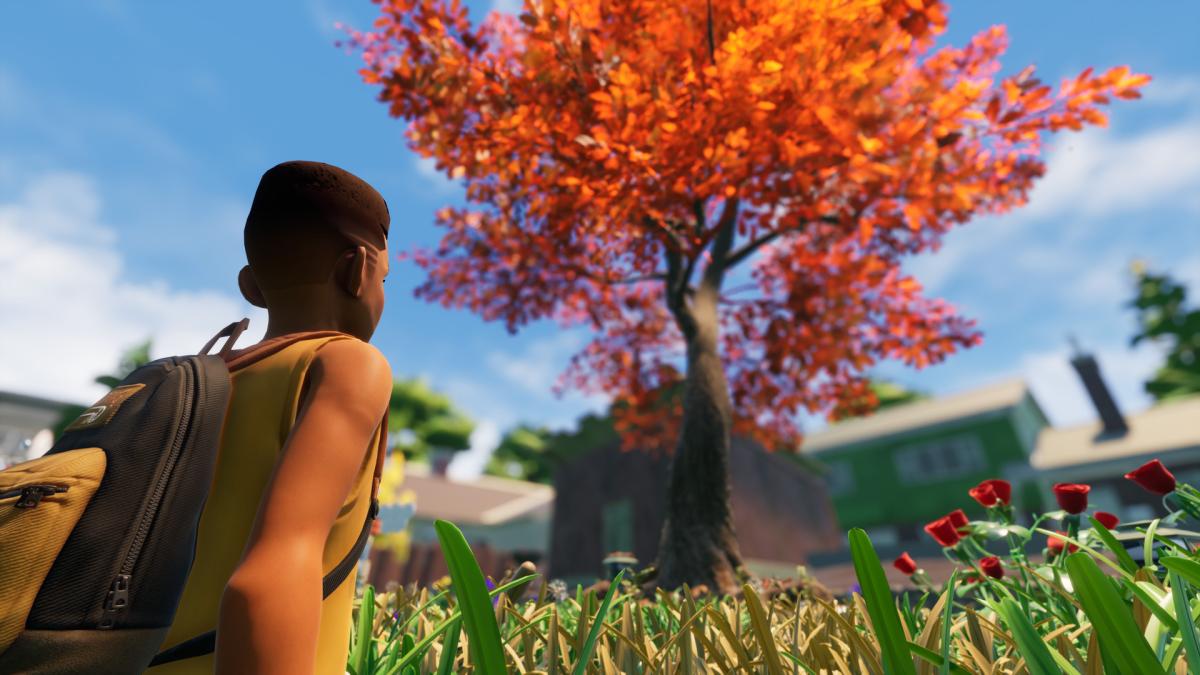
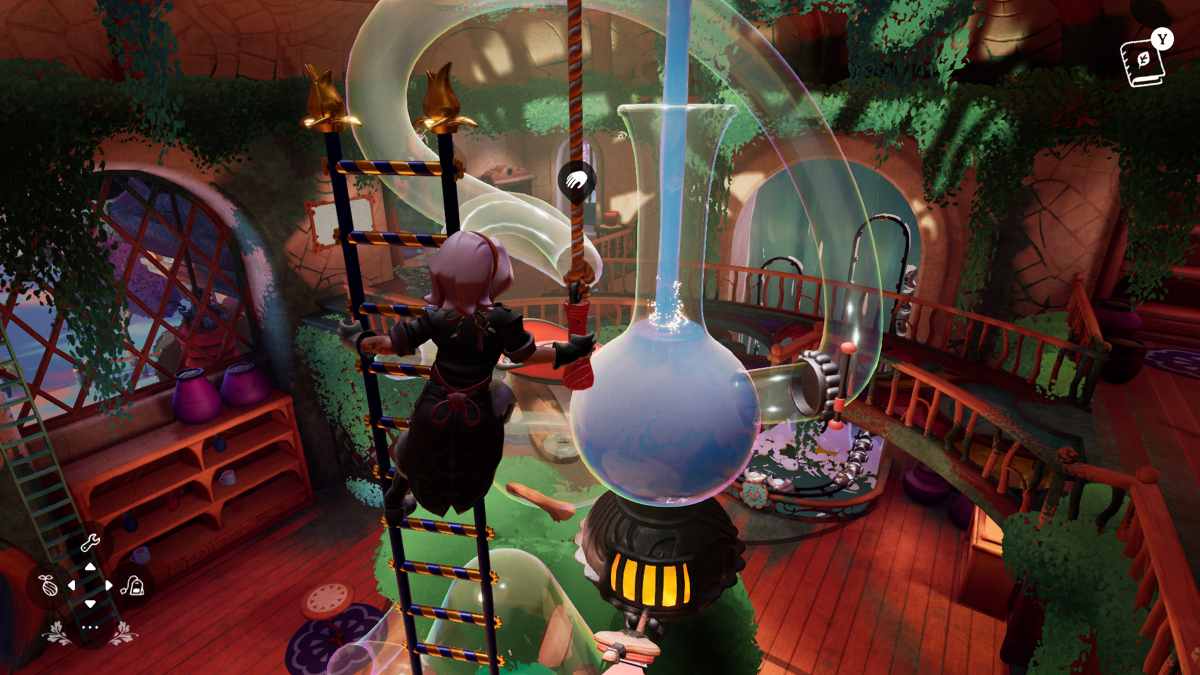
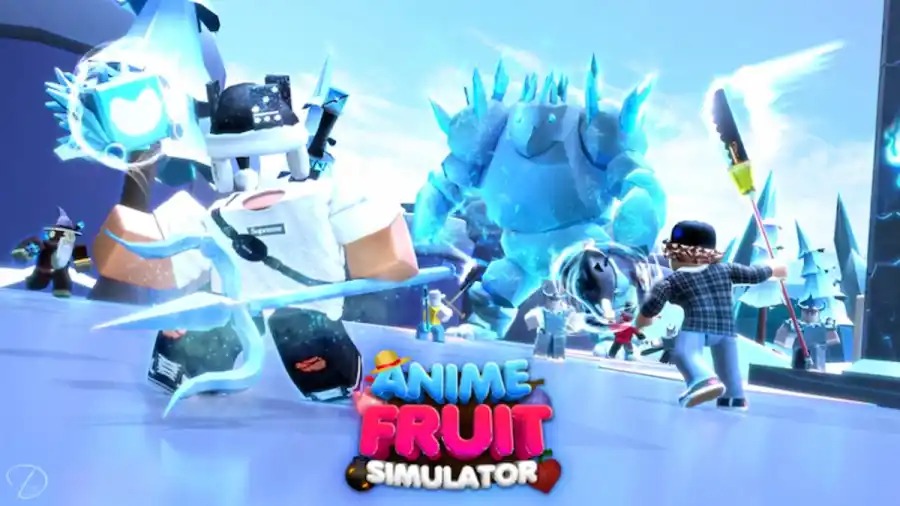
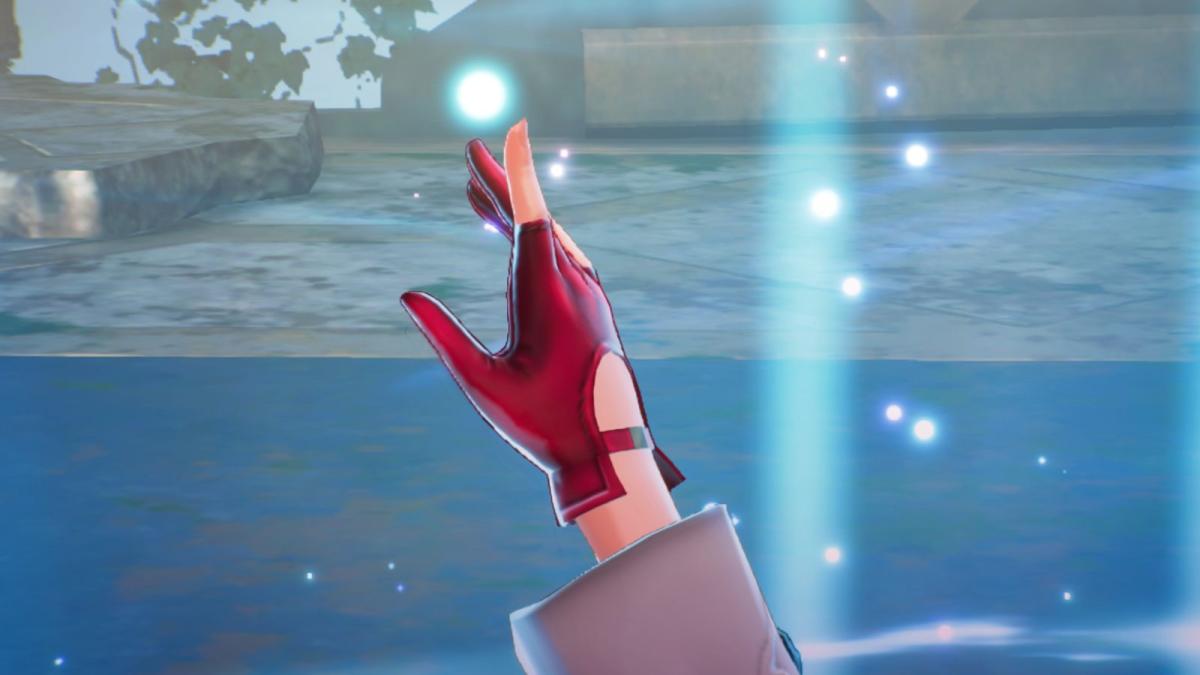
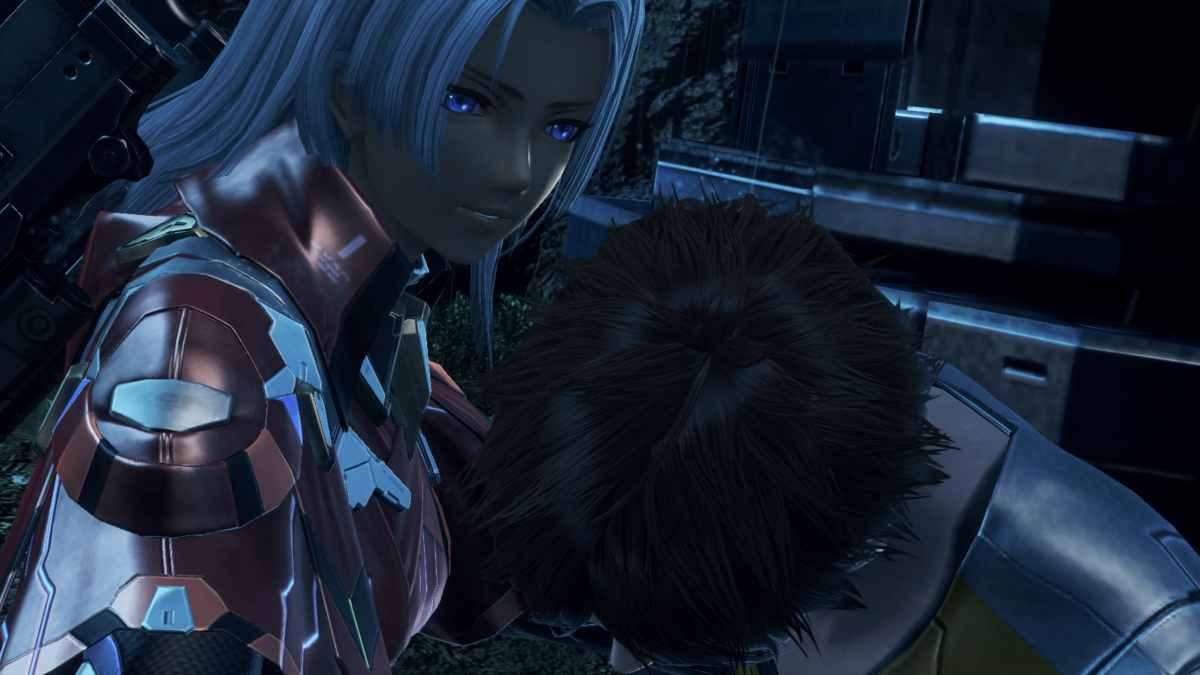
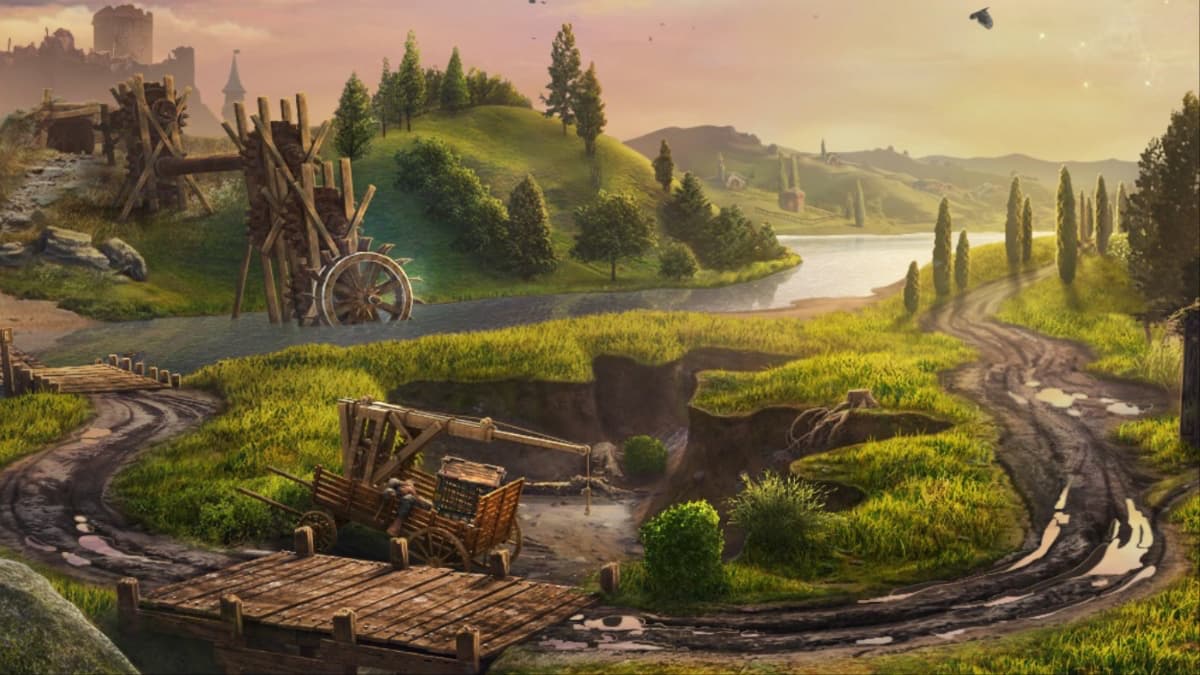
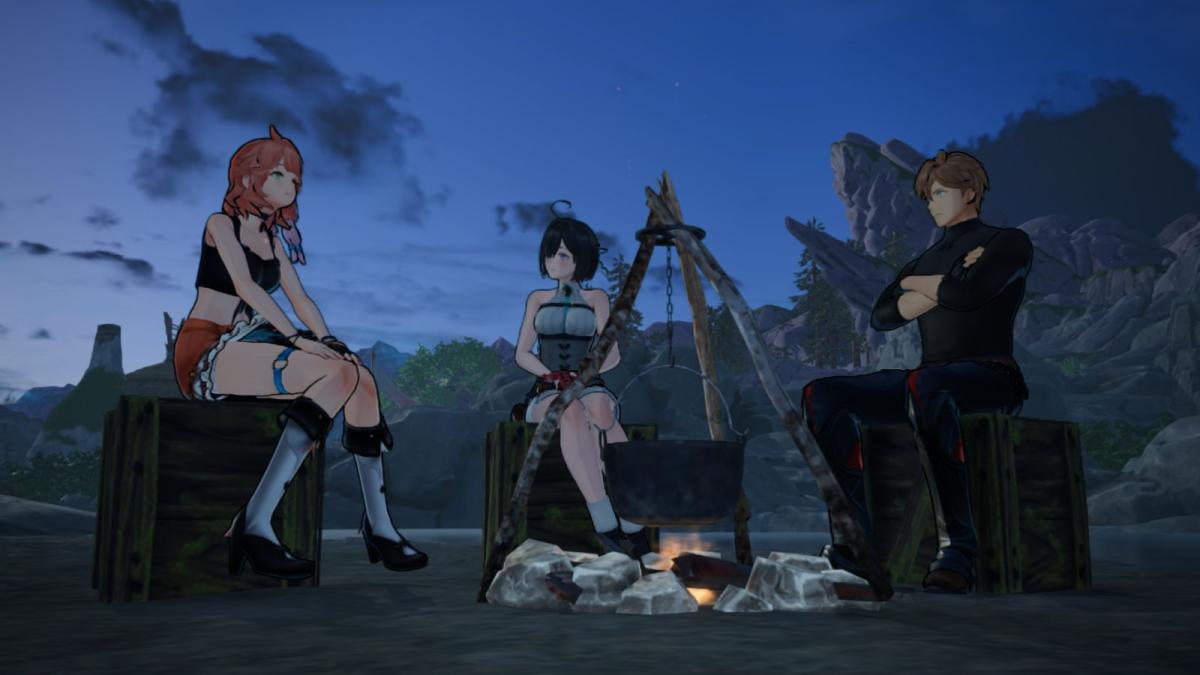
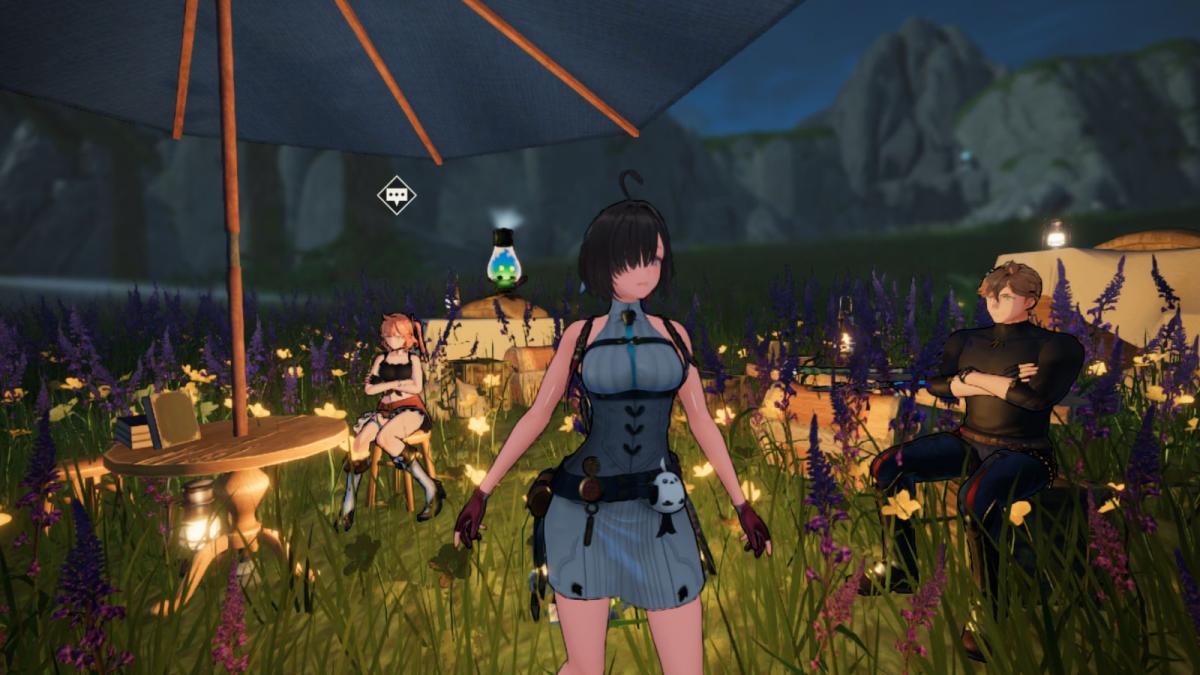

Published: Jan 13, 2015 08:35 am